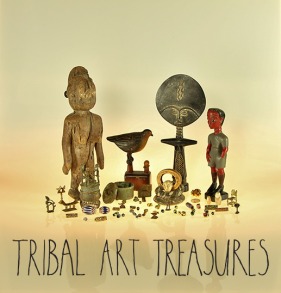Collectors
Home » CollectorsF. de Graaf
At the age of sixteen, my father, F. de Graaf (born 1942) from the Netherlands, undertook his first major trip to Africa, by train (my father was an employee at the railways) from Utrecht to Morocco. As a young boy in a faraway land a world of adventure opened up to him. The people, the chaos and the natural beauty of the area drew him irresestably to this continent and he decided to travel the world throughout his life. After his studies he travelled extensively but it was not until the late 1970s, that, at last, he came to visit Africa again. He enjoyed Africa, traveling the continent on many trips, visiting among other countries South Africa, Benin, Burkina Faso, Libya, Ivory Coast, Mali, Morocco, Nigeria, Togo and last but not least: Ghana. In Ghana he met a vibrant culture, influenced by the colonial times but also rich in its own cultural history.
For more than two decades my father lived and worked in Kumasi, Ghana most of the year: meeting people, doing business, absorbing the culture, helping people and generally having a good life. He started to collect artifacts from the rich cultural heritage of Ghana, in particular the Asante people. Visiting many villages he acquired many artifacts the locals had produced, collected, found or inherited in decades past. In Kumasi, the trade capital of the country, he acquired the title Nana Boakye II and the position of Nkoshuahene (an honorary Chief who promotes the development and welfare of the region).
As his collections of African artifacts grew he decided to ship them to the Netherlands. The first shipment, at that time consisting partly of Ashanti art objects and vintage British motorbikes (another one of my father's hobbies), was realized in 1990, with the last and final shipment in 2001. At the end of the 90’s his visits to Africa grew less frequent and the collection remained collecting dust and locked from the public. Until now…
When Tribal Art Treasures first laid eyes on the collection they immediately saw it would have to be opened to the eyes of the public, and strived to achieve this at great personal and financial efforts. Two years and a lot of African dust later the collection is now in a state where it represents its exquisiteness.

Sebastiaan de Graaf






